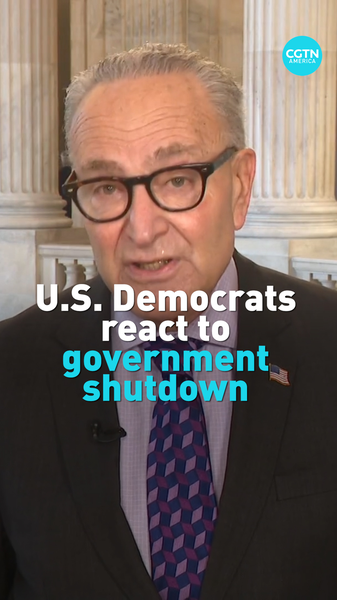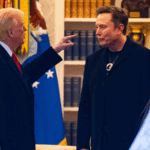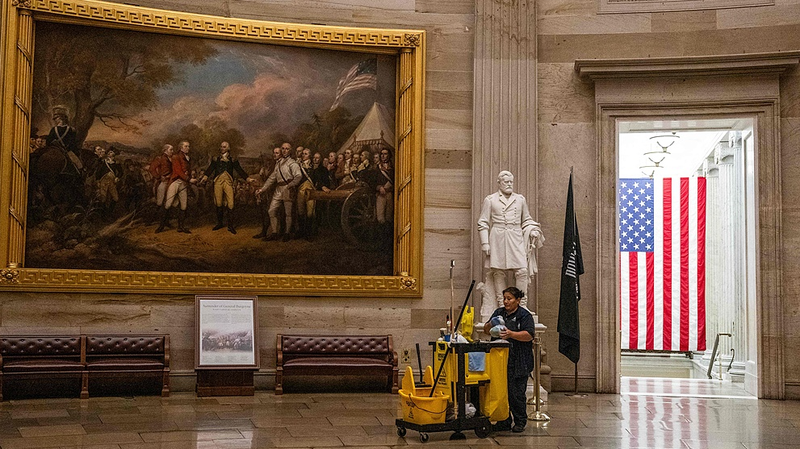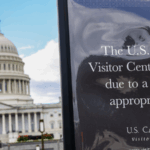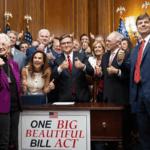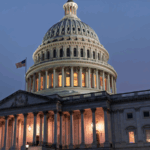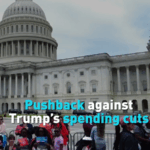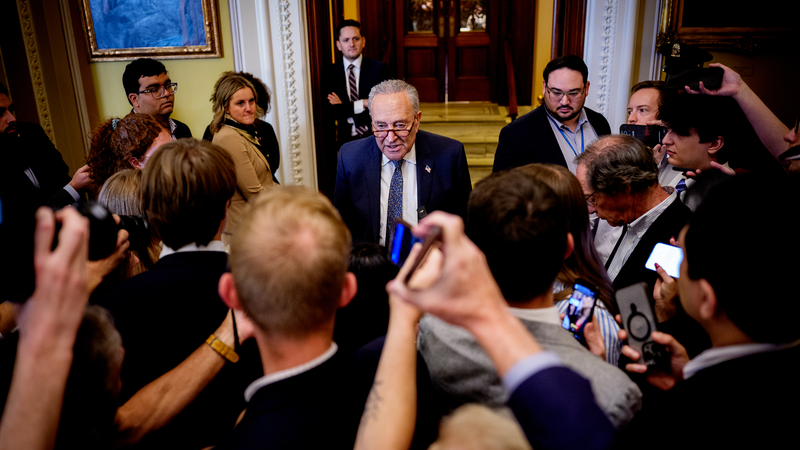US Government Shutdown: A Clash Over Healthcare and Policy Divides
The US government entered a partial shutdown on October 1 after months of escalating tensions between Democratic lawmakers and the Trump administration. This marks the 21st shutdown since 1976, with three occurring in the past 12 years alone.
At the heart of the stalemate is a battle over healthcare subsidies. Democrats demand an extension of Affordable Care Act (ACA) subsidies set to expire in December, which help lower insurance costs for families. Republicans, however, have long opposed the ACA and recently passed a bill extending tax cuts for high-income earners while reducing Medicaid funding—a move critics argue could strip millions of healthcare coverage.
The shutdown also reflects broader policy clashes. Democrats have criticized the administration’s deployment of troops in US cities, aggressive immigration enforcement, and workforce cuts linked to controversial private-sector initiatives. With Republicans controlling both legislative chambers, Democrats have struggled to block these measures.
While the immediate impact of the shutdown remains limited, analysts warn prolonged gridlock could disrupt public services and deepen economic uncertainty. The 2019 shutdown—the longest in US history—cost the economy an estimated $11 billion.
As negotiations continue, the standoff underscores deepening political polarization and its consequences for governance.
Reference(s):
cgtn.com
